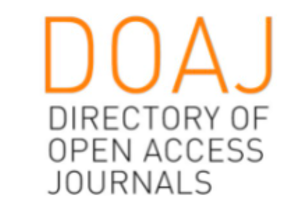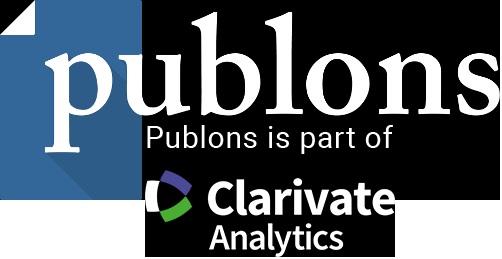FUZZIFICATION - DECISION MAKING IN TERMS OF UNCERTAINTY
DOI:
https://doi.org/10.2478/eoik-2018-0022Keywords:
fuzzification, uncertainty, qualitative attributes, weight coefficientsAbstract
The theory of fuzzy sets allows to analyze insufficiently precise, accurate, complete phenomena which can not be modeled by the theory of probability or interval mathematics. We define fuzzy sets as sets where the boundary of the set is unclear and depends on subjective estimation or individual preference. In addition to the standard interpretation scale, described above, a set of numbers to each qualitative attribute must be assigned. In addition to the standard interpretation scale a set of numbers to each qualitative attribute must be assigned. First of all, it is necessary to determine the procedure for determining fuzzy numbers describing the attributes. One of the imperfections of the fuzzy sets is subjectivism when defining the boundaries of fuzzy sets and functions of belonging, which can significantly influence the final decision. The decision maker’s subjectivity is also present in the determination of weighted coefficients. However, in case of giving weight, fixed values are necessary. Some decisions require multidisciplinary knowledge, so the decision-making process includes more group decision-makers, who independently give their grades.
References
Kamvysi, K., Gotzamani, K., Andronikidis, (2014). A. Capturing and prioritizing students’ requirements for course design by embedding Fuzzy-AHP and linear programming in QFD. European Journal of Operational Research, 237, pp. 1083–1094.
Pamučar, D., Ćirović, G., Sekulović, D., Ilić, A. (2011). A new fuzzy mathematical model for multi criteria decision making: An application of fuzzy mathematical model in a SWOT analysis. Scientific Research and Essays, 6(25), 5374-5386.
Pamučar, D., Ćirović, G. (2015). The selection of transport and handling resources in logistics centers using Multi-Attributive Border Approximation area Comparison (MABAC), Expert Systems with Applications, 42, pp. 3016- 3028.
Radojević, D., (2013). Real-Valued Realizations of Boolean Algebras are a Natural Frame for Consistent Fuzzy logic, On Fuzziness, A Homage to Lotf Zadeh – Volume 2, SPRINGER, pp. 559-565.
Retaei, J., Fahim, P.B.M., Tavasszy, L. (2014). Supplier selection in the airline retail industry using a funnel methodology: Conjunctive screening method and fuzzy AHP. Expert systems with applications, 41, pp. 8165-8179.
Sanayei A., Mousavi S.F. & Yazdankhah A. (2010). Group decision making process for supplier selection with VIKOR under fuzzy environment. Expert Systems with Applications, 37, pp.24-30, doi:10.1016/j.eswa.2009.04.063.
Srđević B., Zoranović, T. (2003). ANR in group decision making with complete and incomplete information. Collection of works SYM-OP-IS, pp. 727-730.
Seiford L. M. (1996). The evolution of the state-of-art (1978-1995). Journal of Productivity
Analysis, 7, pp. 99-137.
Tang Y.-C., & Lin T.W. (2011). Application of the fuzzy analytic hierarchy process to the lead-free equipment selection decision. Int. J. Business and Systems Research, 5(1), pp.35-56.
Zadeh, L.A., (1963). Optimality and non-scalar-valued performance criteria, IEEE Transactions on automatic control, Vol. AC-8, No. 1.
Zaras, K., (2004). Rough approximation of a preference relation by a multi-attribute dominance for deterministic, stochastic and fuzzy decision problems, European Journal of Operational Research 159.
Downloads
Published
How to Cite
Issue
Section
License
Copyright (c) 2018 Oikos Institute - Research Centre

This work is licensed under a Creative Commons Attribution-NonCommercial-NoDerivatives 4.0 International License.




















